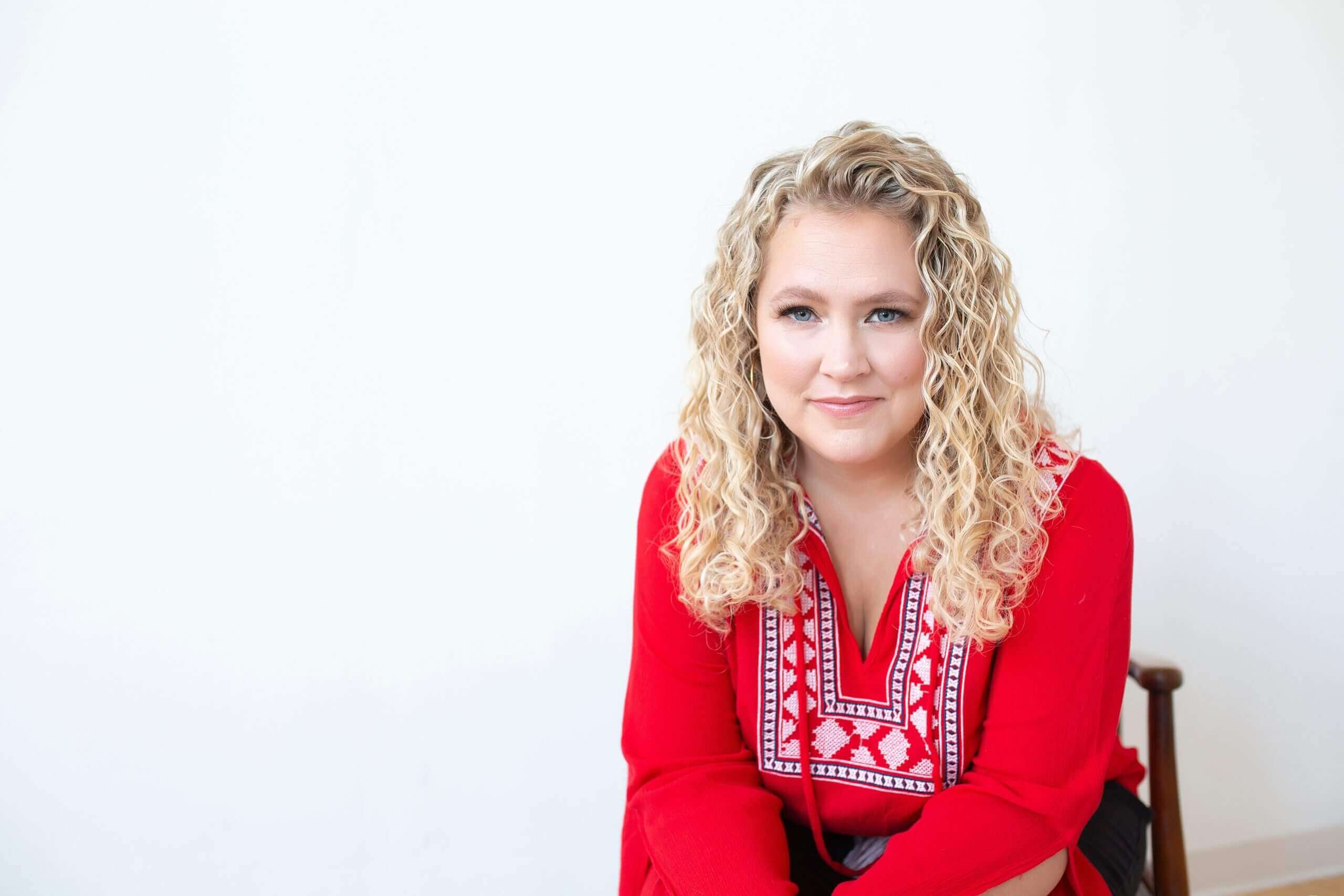In the online & digital space, pricing is bizarre. Given that Cryptopunk pixelated NFTs are going for $250k per pop at the time of this writing, it’s no wonder we’re all confused about how to price things that are digital.
$50,000 masterminds to $27 offers to $5/m newsletters to $10k websites to $250k NFT’s, how do you price your courses, digital assets, and services fairly & profitability?
#1 Calculate the cost for you.
For services, this is simple. If you’re building a website that takes 30 hours, and you have 160 hours a month available in your freelance gig and know you have to make $10,000 a month to pay the bills, you need to be earning $62/hr. Let’s bump that up a bit for taxes and $70/hr is your baseline. That means you cannot charge less than $2100 for that website and still be in business.
If you’re using contractors, that cost is going to go up. And remember, most businesses don’t sell their goods at cost. Just because it costs you $2100 in time to build the website, doesn’t mean you should charge that. Double it. That way if you have to hire someone to do what you do, you as the owner can still get your $2100 per site, and still pay the team doing the work.
If you’re course creator or digital asset owner, calculating cost is a bit more nuanced. The cost to create is heavy the FIRST time around (the funnel, the content, etc.), but then there’s virtually no limit to how many copies you can sell of that thing. The return on investment is much higher.
What are some ongoing costs for course creators? Things like a customer support person, the cost for updating the content, the software tools, managing a Facebook group, etc. are just a few examples.
For both service based and digital businesses, most people do not factor in the MARKETING as an expense to consider. But if you’ve run a Facebook Ad in the last 12 months, you know that marketing is expensive.
Does your price factor in that it’s going to cost you a certain amount of money to get a customer in the door?
If you want to make $10,000 with your product, bump your revenue goal up by 30% so you can account for the cost of marketing. So to earn $10,000 – plan to hit $13,000 with $3000 of that going straight to marketing.
Then adjust that bump percentage after a few months of data to see what it’s actually costing you.
#2 Calculate the value to them.
This is another number that’s gotten skewed in recent years by Marketers who drink their own koolaid. The question to ask yourself is, “How much value will they see, feel, experience in the next 6-12 months?”
If you determine that reading your book will result in starting a business that makes $50,000 in their first year of business, then that’s the value. However, if what they learn helps them start a business that makes $10,000 in its first year and goes on to help them make $100,000 the next year, you’d say the value was still that $10,000.
What if the value is not monetary? It might be a time value. A pleasure value. These things are hard to calculate but try this…
Let’s say you wrote a book on knitting. Does the book help them buy the right materials? Make Christmas gifts? Do they have knitting night instead of movie night? How might that look money wise if you added those things up? Maybe it would amount to $500-$1500 over the year.
No one sane is going to charge these prices for a book, which is why value is not a great number to use to calculate price.
However, it does help with the next principle.
#3 How big of a price/value gap can you create?
The bigger the gap, the more irresistible it becomes. If you only pay $15/m for a service that saves you thousands a year, that’s a large price/value gap which makes it a no brainer to purchase.
Think about something like Netflix. The cost is millions and millions for them, though at scale it works. And the value to the subscriber is quite high. Unlimited entertainment 24/7. This enormous price/value gap is what makes it so lucrative. It’s a no brainer for most people to spend $15/m for that level of valuable entertainment.
The greater the value the more room you have to create that gap and make your offer irresistible.
#4 Play the price expectation game.
This is an actual game you can play with someone using your product page. Take all mention of the price off the page. Have them read it, and then guess the price.
If they guess the price right, you’ve lost.
The idea is you want them to guess a price HIGHER than what it actually is, to create the dopamine drop.
As I read a sales page, I might be thinking “Okay this is going to be $500”. I’ve made that assumption based on the value I’m perceiving on the page. Then when I get to the bottom, I’m excited and surprised to see that it’s only $297. You want people to guess and assume higher than the actual to create a hit of dopamine when they realize the price is lower than they guessed.
One caveat to this….
#5 Don’t go too low – people will be suspicious.
The extreme of #4 is you end up charging so little, people think there’s something wrong with the product. If you promise to teach someone how to fix and flip houses for the low price of $19, they are not going to believe you. It’s a fine line of irresistibility and suspicion, so checking out the price range of competitors can help you figure out if you’re too low.
#6 Use price to command the type of customer you want.
Sometimes it makes sense to price higher than any of the numbers you come up with in the first 5 principles because…you’re commanding a certain type of customer. We see this all the time in the regular product space.
- You can buy a pair of sneakers for $30 at Walmart.
- You can buy a similar pair of sneakers at the mall for $100.
- You can buy a similar pair of sneakers at a high end brand store in NYC for $700.
Yes there are differences in quality, but not at that range. This is about attracting the type of customer you want. The brand savvy customer is going to buy the $700 pair, whereas the Walmart shoe brand is aiming to be the cheapest. Are you trying to be the rock bottom price, the solid stable value, or the luxury brand?
#7 Anchor your price to something higher.
There are a lot of ways you can do this. If you’re taking payment over the phone or with an invoice/proposal, you can do this on the fly.
Find a reason to give them a better deal. “Hey I see that you’re a referral from Joe Schmoe. He’s a great friend. So I’m going to send you a proposal for $5k but I want to knock off a $1000 since you’re a friend of a great client.”
There’s always a reason, you just need to find one!
When it comes to courses/coaching/digital assets, you can’t customize it as easily so anchor your price to a higher “rack” rate on your website.
- Sell a $47 offer with a $10 off coupon.
- Can you give alumni or member discounts to incentivize existing customers?
- Run a special the first time something comes out, or during a holiday promo
#8 Watch those “hump” prices and be careful!.
There are natural price humps that people see differently. For example, from $11 to $14 is a difference of $3.00, but $14 to $17 feels like a lot more than $3.00 because it went over the hump of 15.
Natural hump prices are…
- $5
- $10
- $15
- $20
- $25
- $50
- $100
- $500
- $1000
- $1500
- $2000
- $5000
- $10,000
- $25,000
Try to keep your price as high as it can be without going over the next hump price. So if you have something at $17, just set it to $19. You’ll likely not see a huge change in conversion unless you go over $20.
#9 What would it cost to buy all the pieces separately?
If you’re selling a bundle of services or assets, go out and price them all separately. Actually get quotes and then add it all up. Not only does this make a great marketing argument on a sales page, call, or webinar, it also justifies your price as well.
Let’s say you sell software and it’s $97/m. If you add up all the software they can cancel and it totals $450, then you’ve got a massive savings there. If it’s only $200 and you’re selling for $97, ask yourself if that’s enough of a savings to get them to do the painful migration over to you.
#10 Does the way you frame it matter?
Yes.
There are a lot of studies on whether to use the comma in $1,000. It depends on if you want to make it FEEL like a bigger number or a smaller one. If you’re using $1,000 to show how much something is worth, add the comma. If you want to sell it for $1000, keep the comma off.
Whether or not to use 7’s or 9’s is another big one. General rule of thumb is that 7’s and 9’s convert better on order forms. The exception is if you’re on a sales call trying to sell something high ticket. It sounds weird and salesy to say out loud you’re charging $4997 for your coaching, so just say $5000.
If you are having a sale and taking $10 off a $30 product, is it more juicy to say $10 dollars off or 35% off? In this case 35% is a bigger number than $10 so go with the percentage rather than the dollar amount.
When all is said and done, the most important thing you can do when pricing your stuff is to make the delivery of what you offer EXCEED the pain of letting go of the money it cost.
Ask your customers if it was worth it. Watch how people respond. Expect 25% of people to say no because of price and 75% to say yes. Use these principles as your guide, and happy pricing!
xx J









Always a pleasure to read your analysis Julie, cheers.
What guidelines would you give for pricing art work? Framed original drawings.
Thank you.
What guidelines would you give for pricing art work? Framed original drawings.
Thank you.